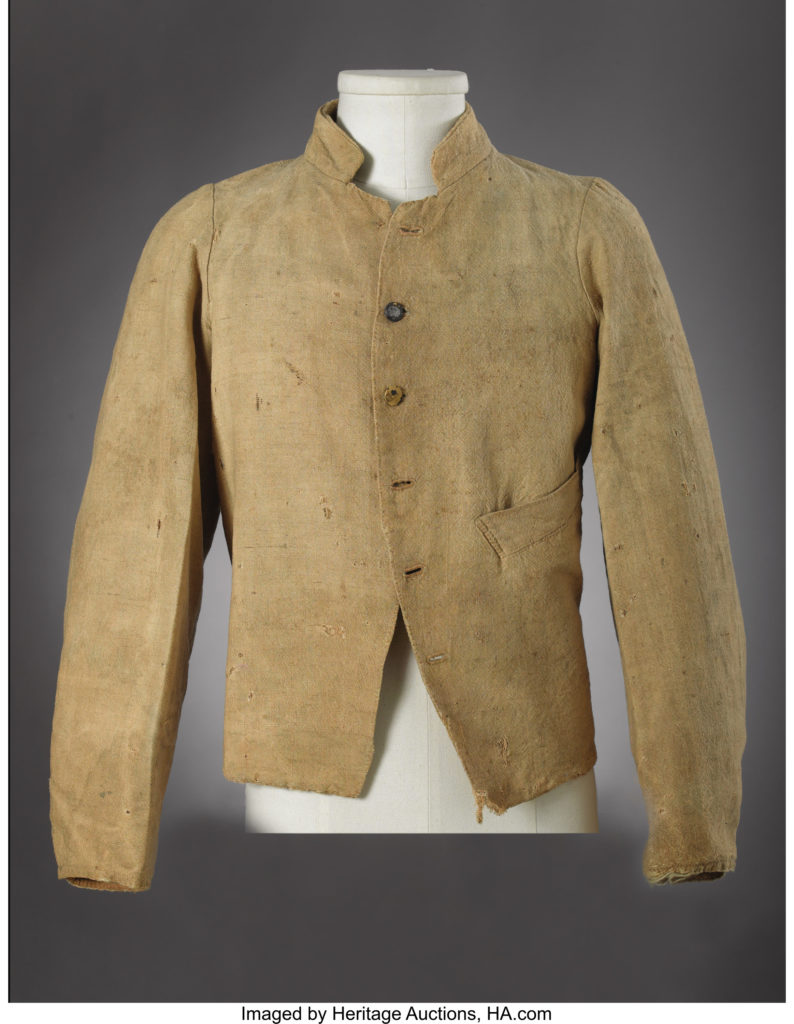
By Jim O’Neal
Surprisingly, very little written about the Civil War attempts to correlate the level of carnage with changes in armaments and tactics by both sides that almost literally required sacrificing troops in battles over real estate, rather than simply destroying the other side’s capacity to wage war.
When shots first rang out, American officers – Federal and Confederate – had last faced combat in 1846-47 in the Mexican-American War, armed with smoothbore flintlock muskets with a range of barely 200 yards. Now, more modern rifle-muskets, the English-made caliber .557 or Austrian Lorenz caliber .54, were accurate up to 600 yards and capable of killing at 1,000 yards. Soldiers found themselves in a new, far more deadly sort of war.
Artillery was no longer viable within 300 yards without suffering prohibitive losses. Cavalry charges against unbroken infantry attacks were risky, costly encounters. The result was an infantryman with a rifle-musket suddenly dominated and literally forced into the use of field fortifications. Both sides began the war with the same drill manuals and same tactics, only modifying them to fit the infantry weapons. However, it was a slow process and well into 1862 before either side had a majority of rifle-muskets, and even then the slow rate of fire made it necessary to use masses of men to attack or defend.
At Shiloh in April 1862, Confederate General Albert Sidney Johnston’s initial attack was delivered by two corps – one behind the other – and two more held in column as reserves. The two-day casualty count was nearly 24,000, a new historic high (including the death of Johnston). At Gettysburg (July 1863), Pickett’s famous charge, “the high-water mark of the Confederacy,” was three brigades deep and at Atlanta in 1864, Confederate General John Bell Hood formed his brigades with their regiments in columns – one behind the other – giving them a depth of eight to 12 men all lined up to be slaughtered.
Perhaps the most marked tactical feature of the Civil War was the employment of heavy entrenchments, made of whatever material was available. Little-used before 1863, but after the sunken roads at Fredericksburg and stone farm fences at Gettysburg, the average soldier wisely concluded to dig in. Throughout 1864 and 1865, troops in the vicinity of the enemy, even if ordered to attack, would entrench using tin cups, discarded halves of canteens and knives or sticks.
It gradually transformed the war to one of attrition, a fact that was not lost on General Ulysses Grant, who was willing to make big sacrifices since he knew the South was resource-constrained and General William Tecumseh Sherman was on a rampage destroying everything in a broad swath through the South and confident he could stamp out the last vestiges of hope and willingness to continue in the process. It was a lethal combination that was impossible to defend against.
Though the war ended in his defeat, the Confederate infantryman earned a reputation for hard fighting, swift maneuvering, and endurance amid extreme hardships against vastly superior forces. Trusted officers could lead them against any danger, except for any West Pointers or those with pomp and circumstances, which became a moot point, since both victory and defeat killed large numbers and eventually it became impossible to replace them with men of courage and competence. Even Grant in his memoirs commented on how his men were hesitant to fight even when they had a 5-to-1 advantage at times.
A British observer concluded that the Confederate infantry could accomplish wonders – but at a cost the South could not afford.
 Intelligent Collector blogger JIM O’NEAL is an avid collector and history buff. He is president and CEO of Frito-Lay International [retired] and earlier served as chair and CEO of PepsiCo Restaurants International [KFC Pizza Hut and Taco Bell].
Intelligent Collector blogger JIM O’NEAL is an avid collector and history buff. He is president and CEO of Frito-Lay International [retired] and earlier served as chair and CEO of PepsiCo Restaurants International [KFC Pizza Hut and Taco Bell].
